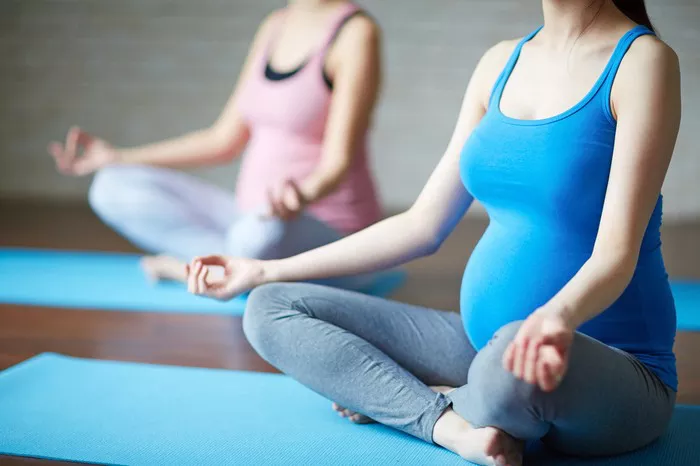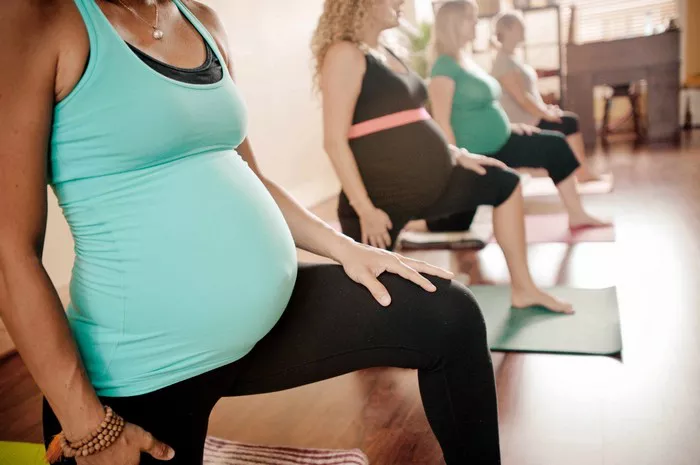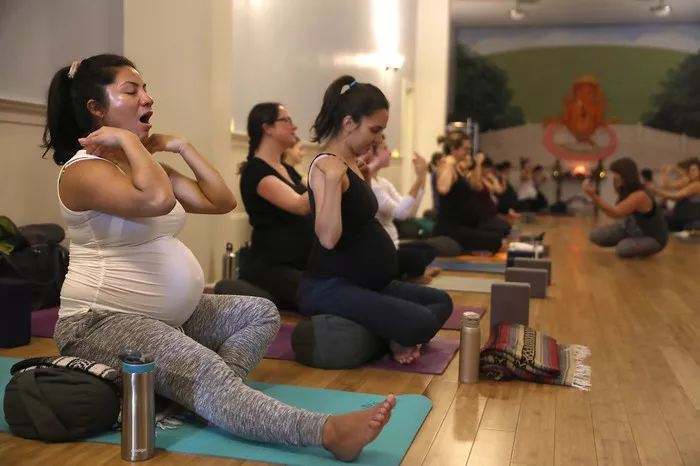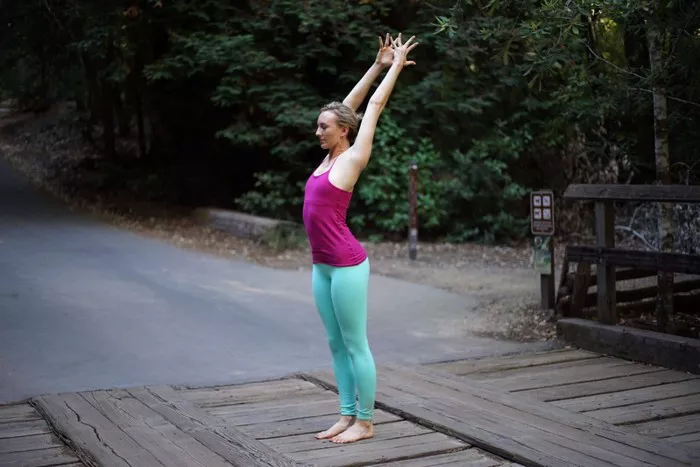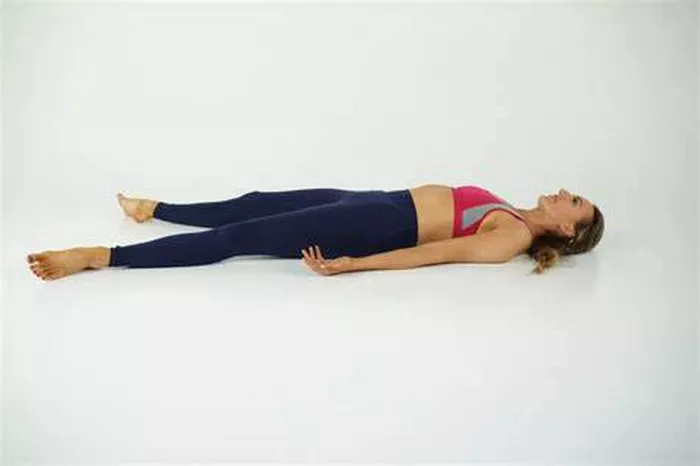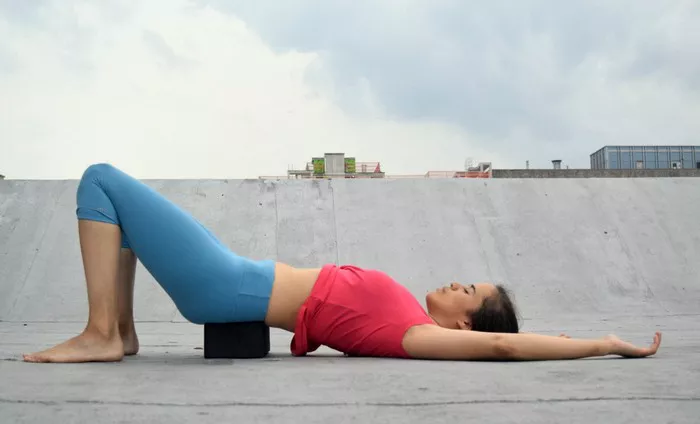Yoga is an ancient practice that has spread across the globe, with its various postures (asanas) providing numerous benefits to the body and mind. Among the many asanas, the Bound Angle Pose (Baddha Konasana) and the Butterfly Pose (Titli Asana) are frequently practiced, especially in flexibility and stretching routines. Both poses share some similarities, particularly in their seating arrangement and focus on the hips, groin, and inner thighs. However, there are key differences in how these postures are performed, their effects on the body, and their therapeutic benefits.
In this article, we’ll delve into the differences between these two popular yoga poses, comparing their alignment, benefits, variations, and when to use each posture in your practice.
Understanding the Bound Angle Pose (Baddha Konasana)
The Bound Angle Pose, known as Baddha Konasana in Sanskrit, is a seated yoga posture that targets the hips, groins, and inner thighs. This asana is sometimes referred to as the “Cobblers Pose” due to its resemblance to the position of a cobbler when stitching shoes.
Steps to Perform the Bound Angle Pose:
Start by sitting on the floor: Begin by sitting with your spine straight and legs extended in front of you.
Bring the soles of your feet together: Bend your knees and bring the soles of your feet to touch each other. Allow your knees to drop out to the sides as you bring your heels toward your pelvis.
Hold your feet with your hands: Reach for your feet with both hands, keeping your spine elongated.
Open your chest and deepen the stretch: Gently press your knees toward the floor, opening up your hips. Keep your back straight and avoid rounding the spine.
Breathe deeply and hold the position: Stay in the pose for 30 seconds to a few minutes, depending on your comfort and flexibility level. Focus on keeping your breath deep and steady.
Benefits of the Bound Angle Pose:
Improves hip flexibility: The Bound Angle Pose stretches the hip flexors and groin muscles, improving flexibility in the hips and thighs.
Increases circulation: It encourages blood flow to the pelvic area and legs, which is beneficial for overall circulation.
Stretches the inner thighs: The posture opens up the inner thighs, providing a deep stretch for this often tight area.
Enhances posture: By opening the chest and encouraging a straight spine, the pose helps in improving overall posture.
Stimulates digestion: The pose stimulates the abdominal organs and promotes digestive health, helping to relieve discomfort such as bloating or constipation.
Relieves tension: Regular practice of this pose can release tension in the lower back and hips.
Common Mistakes in Baddha Konasana:
Rounding the back: It’s essential to maintain a straight spine during the pose. Rounding the back can put unnecessary pressure on the lower spine.
Forcing the knees down: While it’s tempting to push the knees toward the floor for a deeper stretch, this should be done gently. Forcing the knees down can strain the hip joints and ligaments.
Tightening the shoulders: Keep the shoulders relaxed and avoid scrunching them toward your ears, as this can cause unnecessary tension in the upper body.
Understanding the Butterfly Pose (Titli Asana)
The Butterfly Pose, known as Titli Asana in Sanskrit, is another seated posture that works on the hips, thighs, and lower back. The pose is named after the fluttering wings of a butterfly, as the movement in the legs mimics this action. This pose is often included in yoga routines designed to increase flexibility, particularly in the hips and groin area.
Steps to Perform the Butterfly Pose:
Begin in a seated position: Sit down on the floor with your legs extended straight in front of you.
Bend your knees: Bring your feet together, allowing your knees to drop to the sides. Your feet should be as close to your body as possible.
Hold your feet with your hands: Gently grasp your feet with both hands.
Move your legs like butterfly wings: While keeping your feet together, begin to flap your legs up and down, as if they are the wings of a butterfly. You can move slowly and gently or increase the speed to engage the muscles more actively.
Maintain an upright spine: Ensure that your spine remains straight and your chest is open as you perform the flapping motion. Avoid slouching in the pose.
Focus on your breath: As with any yoga pose, it’s important to breathe deeply and steadily, moving with the rhythm of your breath.
Benefits of the Butterfly Pose:
Enhances hip flexibility: Like the Bound Angle Pose, the Butterfly Pose is excellent for stretching and increasing the flexibility of the hips and groin muscles.
Tones the thighs: The flapping movement strengthens and tones the thigh muscles, especially the inner thighs.
Improves circulation: By opening the hips and engaging the legs, the pose enhances blood flow to the lower body.
Relieves tension in the lower back: The pose can help alleviate tightness and discomfort in the lower back, as it encourages the spine to stay straight and opens the hips.
Promotes relaxation: The repetitive motion of flapping the legs can be soothing and calming, making it a great pose to practice before meditation or at the end of a yoga session.
Stimulates digestion: Like the Bound Angle Pose, the Butterfly Pose helps to stimulate the abdominal organs, promoting healthy digestion.
Common Mistakes in Titli Asana:
Rounding the spine: Just like in Baddha Konasana, it’s important to keep the spine straight in Butterfly Pose. Rounding the back can lead to discomfort and strain.
Overexerting the legs: While the leg movement should be fluid and controlled, it’s important not to force the legs into a fast or jerky motion. This could lead to injury or strain.
Holding the feet too tightly: Grasping the feet too tightly can create unnecessary tension in the arms and upper body. Keep the grip relaxed.
Key Differences Between Bound Angle Pose and Butterfly Pose
Although both the Bound Angle Pose and the Butterfly Pose share similarities, there are a few distinct differences that set them apart.
1. Leg Position and Movement:
Bound Angle Pose (Baddha Konasana): In this pose, the legs remain static with the soles of the feet together and the knees dropping toward the floor. The main focus is on the stretch in the hips and inner thighs, and the hands are used to hold the feet.
Butterfly Pose (Titli Asana): The legs in this pose are actively flapping up and down, mimicking the movement of butterfly wings. This dynamic motion not only stretches the inner thighs but also strengthens and tones the leg muscles, particularly the adductors (inner thigh muscles).
2. Intensity and Focus:
Bound Angle Pose: The Bound Angle Pose is more of a static stretch. The emphasis is on flexibility and opening the hips, groins, and inner thighs, with an added benefit of deepening the breath and calming the mind.
Butterfly Pose: The Butterfly Pose involves movement, making it a more dynamic and energizing stretch. The flapping motion can be faster or slower, depending on the practitioner’s choice, and it’s often used as a warm-up for more intense hip-opening poses or as a gentle exercise for the lower body.
3. Duration:
Bound Angle Pose: This pose is typically held for a longer duration, ranging from 30 seconds to several minutes, allowing for a deep stretch and release in the hip and groin area.
Butterfly Pose: While it can also be held for a longer period, the motion of flapping the legs in Butterfly Pose typically involves shorter durations of each movement, which can be repeated multiple times for a more active stretch.
4. Mental and Physical Benefits:
Bound Angle Pose: This pose is excellent for deepening mindfulness and cultivating a meditative state. Its static nature encourages the practitioner to focus on their breath and relax the mind, making it ideal for those seeking a slower-paced practice or preparing for meditation.
Butterfly Pose: The Butterfly Pose offers a more playful and energetic quality due to the leg movement, making it suitable for those looking to increase circulation and engage the muscles of the lower body in a more dynamic way. It’s great for improving joint mobility and stimulating the digestive system.
Conclusion
Both the Bound Angle Pose (Baddha Konasana) and the Butterfly Pose (Titli Asana) are valuable additions to any yoga practice. While they share similarities in terms of targeting the hips, groins, and inner thighs, they differ significantly in their execution, intensity, and the benefits they offer.
The Bound Angle Pose is a more static stretch that promotes flexibility, improves posture, and enhances relaxation, making it ideal for those seeking a deeper, meditative stretch. On the other hand, the Butterfly Pose adds dynamic movement, which helps tone and strengthen the thighs, improves circulation, and brings a more energizing quality to your practice.
Depending on your goals—whether it’s flexibility, strength, or relaxation—you can incorporate both poses into your routine for a balanced and well-rounded practice.
Related Topics:


